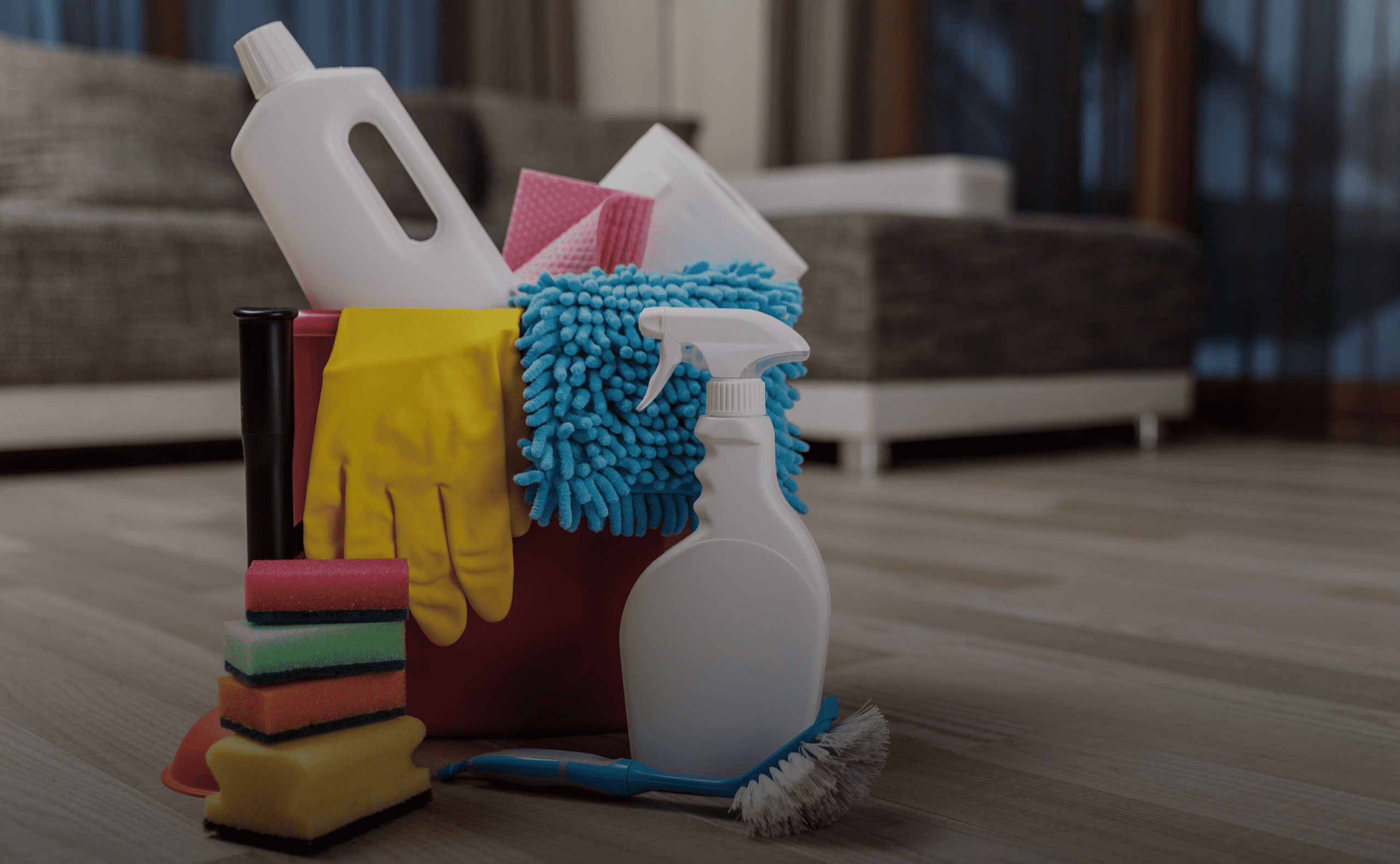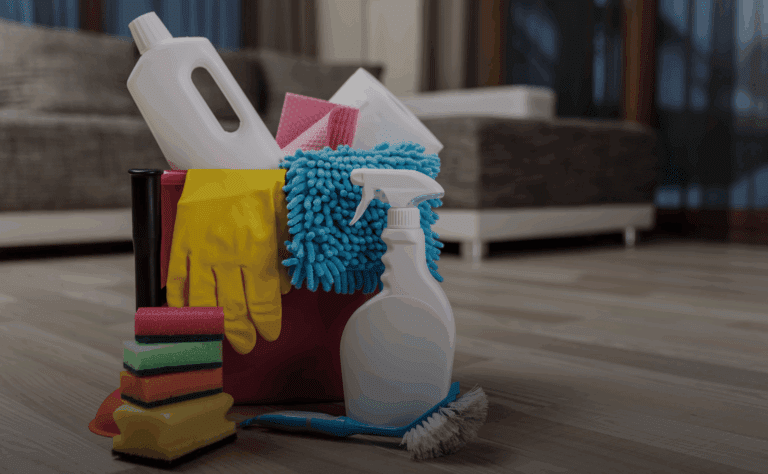In the pursuit of spotless spaces, we often reach for products that promise powerful results. But beneath the shiny surfaces lies a hidden cost — one that affects not just our health, but the environment too.
What’s Really in Chemical Cleaners?
Many everyday cleaning products contain a cocktail of chemicals such as:
- Phosphates – found in detergents, which can lead to water pollution and algae overgrowth in lakes and rivers.
- Ammonia and chlorine bleach – effective at killing bacteria but hazardous when released into waterways or inhaled.
- Volatile Organic Compounds (VOCs) – these evaporate into the air, affecting indoor air quality and contributing to smog formation outdoors.
These chemicals are not only tough on grime, but also on the planet.
The Environmental Impact
- Water Pollution
When chemical cleaners are rinsed down the drain, they don’t just disappear. Wastewater treatment plants can’t filter out all toxins, meaning residues often end up in rivers, lakes, and oceans. This can harm aquatic life, disrupt ecosystems, and enter the food chain. - Air Quality
Aerosol sprays and fragranced cleaners emit VOCs, which can linger in indoor environments. Outdoors, these VOCs contribute to ground-level ozone and smog, which pose health risks to humans and animals. - Packaging Waste
Many chemical cleaners come in single-use plastic bottles that contribute to landfill waste and ocean pollution. Even when recyclable, not all packaging is properly disposed of, further compounding the issue.
Health Risks to Humans and Animals
- Respiratory problems: Especially for people with asthma or allergies.
- Skin irritation: Harsh ingredients can cause burns or allergic reactions.
- Toxic exposure: Pets and children are particularly vulnerable to accidental ingestion or contact.
A Sustainable Alternative
Eco-friendly cleaning solutions are gaining momentum — and for good reason. At UCM, we champion the use of:
- Biodegradable, non-toxic products
- Refillable and recyclable packaging
- Green-certified cleaning agents
- Efficient methods that reduce water and energy usage
By making the switch, you’re protecting the environment, your health, and your property in one go.
What Can You Do?
- Check labels for harmful ingredients like ammonia, bleach, or phthalates.
- Choose products with eco-certifications such as EU Ecolabel or Green Seal.
- Consider DIY options using white vinegar, baking soda, and lemon.
- Hire a cleaning service like UCM that prioritises sustainable practices.
Final Thoughts
The real cost of chemical cleaners goes far beyond the supermarket shelf. From polluted rivers to contaminated air, the environmental impact is real — but so is our power to change it.
Switching to greener solutions isn’t just better for the Earth; it’s a smarter, safer choice for everyone who calls it home.






